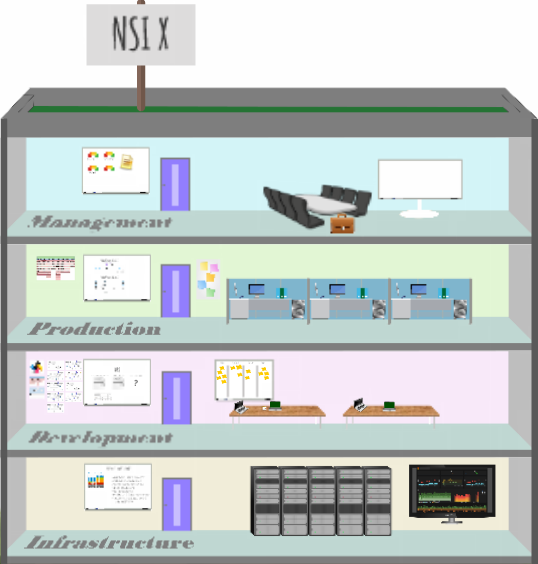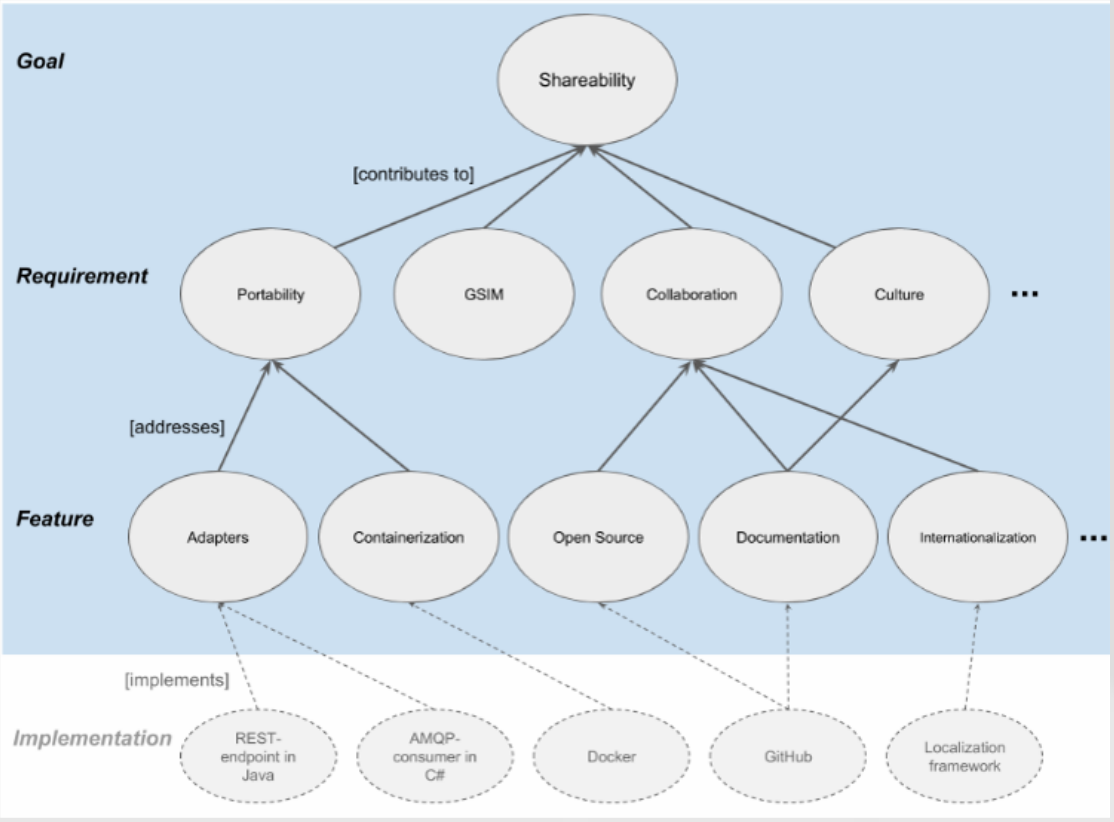Login required to access the wiki. Please register to create your login credentials We apologize for any inconvenience this may cause, but please note that this step is necessary to protect your privacy and ensure a safer browsing experience. Thank you for your cooperation. Documents available for download: GAMSO , GSBPM , GSIM |
Problem Outline | |
|---|---|
Why CSPA? | Problem statementThere are a number of threats that exist in the current statistical environment, and that require statistical organizations to act now: Impact of this problem Many statistical organizations are struggling to find the resources to continue to produce robust and relevant statistics to meet the increasing demands of customers. This comes at a time when governments around the world are less likely to provide statistical organizations with large injections of funds to address critically fragile statistical infrastructure. Over the years, through many iterations and technology changes, statistical organizations have built up their organizational structure, production process, enabling statistical infrastructure, and technology. The cost of maintaining this business model and the associated asset bases (process, statistical, technology) is becoming insurmountable and the model of delivery is not sustainable. Many statistical organizations are introducing service-oriented architecture approaches to improve the flexibility, robustness and sustainability of their technology environments. Statistical organizations are being increasingly challenged to respond quickly to emerging information needs. Criticisms leveled at statistical organizations include;
For most statistical organizations the underlying model for statistical production is sample survey based. Increasingly there is a need for organizations to make use of administrative or alternative source data to deliver efficiencies, reduce provider burden and make richer use of existing information sources. This requires significant new capabilities that do not exist within the majority of statistical organizations. The skill-sets that underpin statistical organizations are becoming increasingly valuable in the wider market. It is becoming difficult for statistical organizations to compete to attract and retain these skills in this environment. |
How do we judge success? |
|
Validation | |
|---|---|
What do we already know? | CSPA has been developed and peer reviewed by the international statistical community. CSPA:
|
The value of collaboration and sharing | Statistical organizations already participate in many international engagement activities that facilitate sharing. Sharing happens at both strategic and tactical levels and consists of communication and exchange of artifacts across dimensions of capability; including methods, processes, standards and frameworks, IT systems and people skills. 1 These exchanges regularly include business strategy, business process design, research, statistical methods, skilled people, technology solutions and even at times office facilities. These engagements include, but are not limited to:
|
Ready to make it | |||||||||||||||||||
|---|---|---|---|---|---|---|---|---|---|---|---|---|---|---|---|---|---|---|---|
Why does the statistical community want this? | Extending Standards to shared services
Working collaboratively, we can combine resources to develop better solutions for complex problems and opportunities. CSPA’s collaborative development approach allows the development of good systems quickly and cheaply. We can draw on the breadth and depth of skill across the community and maintain momentum over the longer term. Belonging to an international community reduces individual risk for new developments through additional scrutiny and testing. We can also harness capacity from across the community to insulate individual statistical organizations from budgetary shock. | ||||||||||||||||||
Lifting the maturity of sharing | Different levels of maturity
| ||||||||||||||||||
Visualizing the solution with CSPA Features | |||||||||||||||||||
- As defined in the CSPA Glossary ↩
This work is licensed under a Creative Commons Attribution-Non Commercial-Share Alike 4.0 International License.




